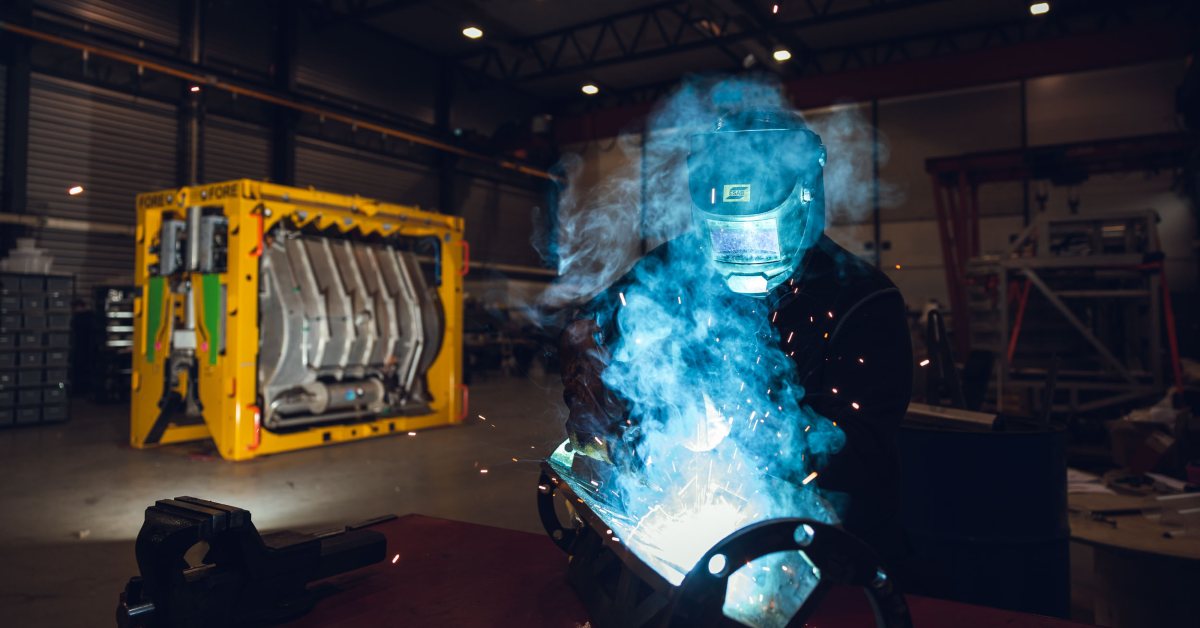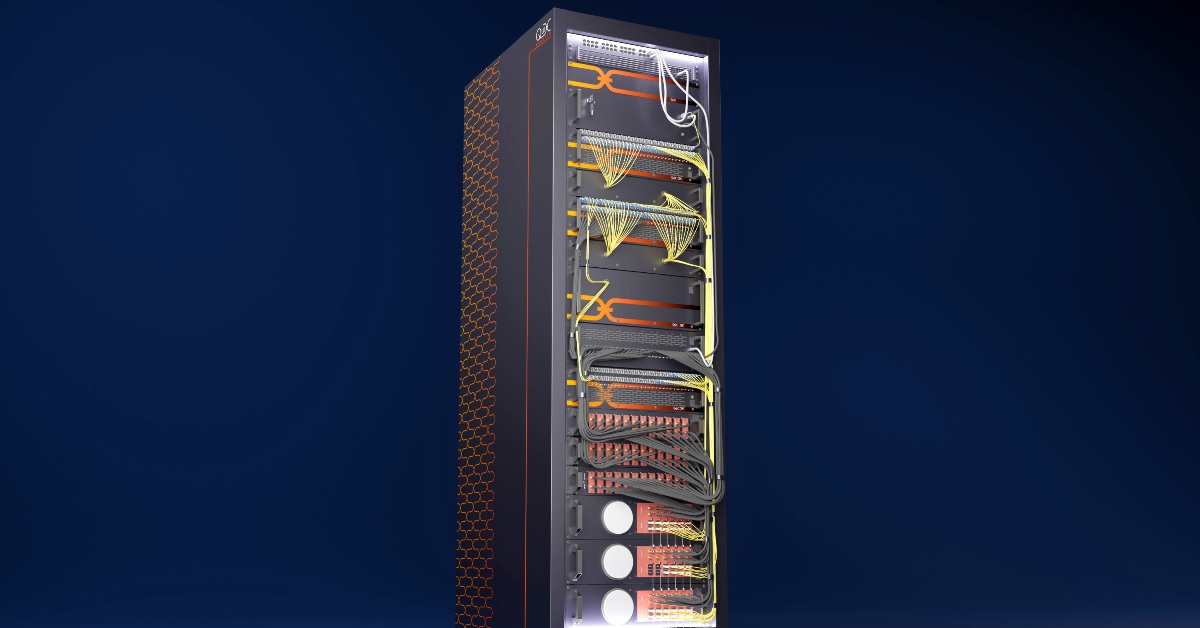While most EVs sit idle for 95 per cent of their lives, the Barcelona-based startup sees them as untapped batteries on wheels.
Founded in 2023 at Norrsken Barcelona by Luis Medina Rivas, Tether uses AI to predict and coordinate the charging behaviour of millions of EVs, effectively turning them into a decentralised, clean power reserve that supports the energy grid.
The company’s technology learns the behaviour of millions of private electric vehicles to coordinate their charging patterns, turning these cars into the world’s largest and cleanest, distributed battery with capabilities to reinforce the power grid.
This way, Tether can reduce CO2 output up to 7,300 tonnes per MW over the lifetime of a car.
But behind this mission is a name with an equally thoughtful origin.
For Tether’s founder, Luis Medina Rivas, naming was more than just a brand; it brought real clarity.
The origin of ‘Tether’
“The inspiration for ‘Tether’ came from staring at an electric vehicle plugged into a charger late one night during a brainstorming session. Our company is inspired by one specific fact: that a typical Electric Vehicle is parked 95 per cent of the time – so from our perspective, they’re essentially just big batteries on wheels, but the problem is that these batteries move. They’re hard to coordinate and predict,” says Rivas.
According to Rivas, the name “Tether” emphasises the idea of connecting cars to the power grid through charging cables, which act as a physical link.
The company aims to group millions of cars as valuable assets for the grid. Additionally, there are “tethered chargers,” which have fixed cables, reinforcing the connection to electric vehicles and charging infrastructure.
“One more thing to add to this: there is an entire category of EV chargers with permanent charging cables known as ‘tethered chargers’, so the name inherently alludes to electric vehicles and chargers. It was a no-brainer,” he continues.
After considering hundreds of names, Luis found that many felt too technical, obtuse, unrelated to the product, or not descriptive enough.
“Tether” felt strong, simple, and universally understood. It grounds our complex AI technology in the simple, tangible act of plugging in your car,” he adds.
Pursuit of the right fit
Rivas reveals that the process of finalising the name took months of back-and-forth effort.
“It was the classic startup naming journey: chaotic, fun, and at times, incredibly frustrating. We were previously named Luma, after the initials of the original founders, but we knew that sooner or later that name had to change, and we wanted to make sure we got it right,” shares Rivas.
It all started with a big brainstorming session on a whiteboard, where no idea was too silly.
“We generated over a hundred names (with way too many Greek or Roman deity names) from the highly descriptive (GridSync, Ra-Li, Lynk) to the abstract (Aura, Nexus, Aether). We then moved to a spreadsheet, where we started ranking them against criteria like memorability, relevance, and available domains. Honestly, once we came up with Tether, it was clear that was the right name,” explains Rivas.
Name that aligns with the mission
The name “Tether” effectively reflects the company’s mission on several levels, according to Rivas.
Rivas believes that Tether highlights the physical connection between electric vehicles (EVs) and the electrical grid, forming the business’s foundation.
Secondly, he said the name also signifies a digital link, where AI connects thousands of car batteries to function as a massive virtual power plant.
“Our vision is to create an interconnected energy ecosystem where vehicles don’t just consume power but actively support the grid they are tethered to. The name is a constant reminder of that core principle of connection,” says Rivas.
Domain availability took a backseat
“It was not so important, as in our case, we are not a consumer-facing company,” he states.
Their primary concern was to have a domain that directly associates them with software solutions and electric vehicles.
“Tether.com is, unsurprisingly, long gone. However, we found that tetherev.io was available. The .io suffix immediately communicates that we are a software solution, not just a hardware or energy company, and having tether + ev as the main name is self-descriptive,” he adds.
A name built to evolve
“I don’t envision the core name ‘Tether’ evolving. We chose it because we believe it has the elasticity to grow with us. The concept of “tethering” is fundamental to any grid-connected device,” he says.
While the company name will stay as Tether, product names are expected to evolve.
“For example, if we expand from passenger vehicles to commercial fleets, we might have “Tether Fleet.” If we move into managing home battery storage, it could be “Tether Home.” The core brand remains a strong, stable anchor, while the product lines can diversify and specify our new ventures,” he explains.
Why does a name still matter?
“I believe a name plays a critical, albeit nuanced, role. A great name will not save a bad product, but a bad name can hinder a great product,” he adds.
According to Rivas, here’s why a name is essential:
- First Impressions: A name is often the first thing potential customers, investors, or employees encounter, shaping their perception of the company.
- Brand Story Foundation: A strong name serves as a memorable hook for building the brand narrative. It’s easier to convey a unique concept than a generic one.
- Memorability and Word-of-Mouth: A simple, evocative name is easy to remember and share. That’s invaluable for organic growth, even if that is less critical for a B2B or B2E startup.
“Ultimately, a startup’s success hinges on its team, technology, and execution. But the name is the vessel that carries all of that. It’s not the engine of the car, but it’s the aerodynamic body that allows it to move through the world with less friction,” concludes Rivas.










01
From telecom veteran to Dutch Startup Visa success: The Jignesh Dave story